Circular debt stands at Rs2.384tr
HESCO, SEPCO responsible for over half of losses due to inefficiency, theft
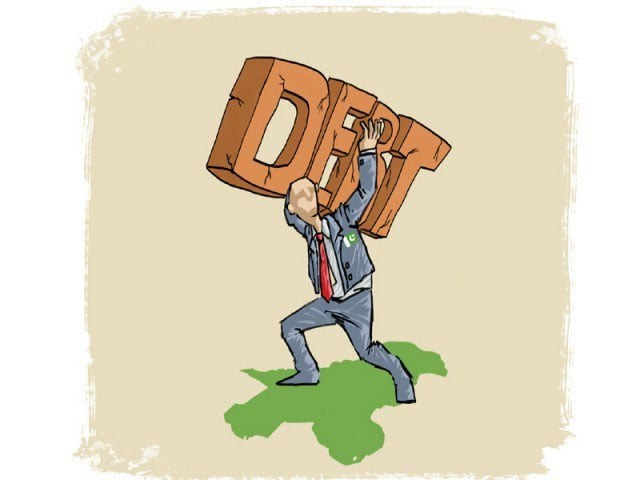
The circular debt has been restricted to Rs2.384 trillion during the first half of this fiscal year on the back of an increase in electricity prices, as the power sector still suffered Rs158 billion in losses due to inefficiency, theft, and under-recoveries of bills.
Little more than half of the Rs158 billion losses were caused by just two power distribution companies Hyderabad Electricity Supply Company (HESCO) and Sukkur Electric Power Company (SEPCO), the Ministry of Energy spokesperson confirmed to The Express Tribune.
The government of Prime Minister Shehbaz Sharif had not reshuffled the boards of HESCO and SEPCO due to an arrangement with the Pakistan Peoples Party (PPP)-the government's ally in the National Assembly that rules Sindh province.
The gains from monthly, quarterly, and yearly price increases were offset by losses incurred by power distribution companies and the accumulation of interest charges on loans taken by the Power Holding Company Limited.
The circular debt amounted to Rs2.384 trillion by the end of December, according to a report by the Power Division. The report further showed that after injecting Rs20 billion from the budget to reduce the stock of debt, there was a net reduction of Rs9 billion in circular debt compared to the Rs2.393 trillion level recorded in June 2024.
Despite an overall marginal reduction in debt levels, there was still a net increase of Rs11 billion in the circular debt flow after adjusting the impacts of price increases and budgetary injections. The International Monetary Fund (IMF) had allowed an addition of Rs461 billion in the flow, but the Power Division performed much better than that.
The primary challenge remained the losses caused by power distribution companies due to theft, inefficiency, and under-recovery of bills.
The report showed that distribution companies caused Rs106 billion in losses in the first half of the fiscal year due to "inefficiency"a sum that was Rs29 billion or 38% more than the comparable period last fiscal year.
These companies also caused Rs52 billion in losses due to "under-recoveries," which was Rs97 billion less than the comparative period.
The cumulative losses due to under-recoveries and inefficiency amounted to Rs158 billion. These were partially offset by gains from monthly and quarterly tariff adjustments and prior-year recoveries.
The government collected an additional Rs67 billion from quarterly and monthly fuel adjustments and another Rs140 billion through other price adjustments, according to the report.
Defending the sector's performance, Power Division spokesman Zafar Yab Khan stated, "There are Rs69 billion fewer losses this half-year compared to the previous year." He noted that losses from July to December last fiscal year were Rs226 billion, while this year, for the same period, they stood at Rs158 billion. However, the spokesperson did not provide a separate breakdown of inefficiency-related losses and under-recoveries, despite an increase in the former and significant improvement in bill recoveries.
Yab added that HESCO and SEPCO alone contributed Rs82 billion of the Rs158 billion losses, with an increase of Rs28 billion from last year. "This clearly means that the government's policies to appoint independent Boards of Directors at State-Owned Enterprises are yielding results," he said.
"We are also working to resolve issues in appointing independent Boards of Directors for HESCO and SEPCO to further reduce losses," the spokesman added.
The government had replaced the boards of all other power distribution companies except HESCO and SEPCO due to its arrangement with the PPP. The Express Tribune had reported this issue when the board changes were made last year.
Yab further stated that the assumption that the circular debt remained at Rs2.384 trillion solely because of price increases was "not correct, as the circular debt during the first half of the current year has, in fact, registered a Rs9 billion decline." However, the report showed that this decline was due to Rs20 billion in fiscal adjustments.
The spokesman said that the target for the first half was to allow a circular debt flow of up to Rs330 billion. With a negative result of Rs9 billion, the total improvement stands at Rs339 billion.
He added that the increase in electricity prices did not hold validity since the national average tariff fell by Rs4.64 per unit from June to December 2024, with almost an Rs11 per unit decline for industrial consumers.
However, in July last year, the federal cabinet had approved an increase of up to 51%, or Rs7.12, in the per-unit price of electricity.
Moreover, the Power Division offered one of the lowest electricity rates of Rs26 per unit under the winter package, resulting in a considerable increase in consumption — particularly in the industrial sector, which saw a 6% rise in December 2024, the spokesman said.
The Power Division's report, however, showed Rs67 billion in gains from quarterly and monthly fuel cost adjustments and Rs140 billion from other adjustments.
Additionally, Rs12 billion was added to the circular debt during the first half due to non-payment by K-Electric, while another Rs56 billion was added due to non-payment of interest charges.

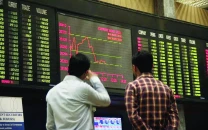


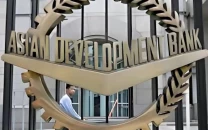
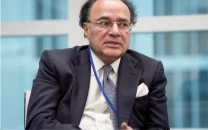




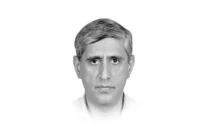
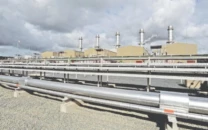


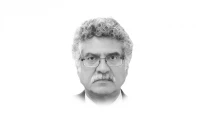




COMMENTS
Comments are moderated and generally will be posted if they are on-topic and not abusive.
For more information, please see our Comments FAQ